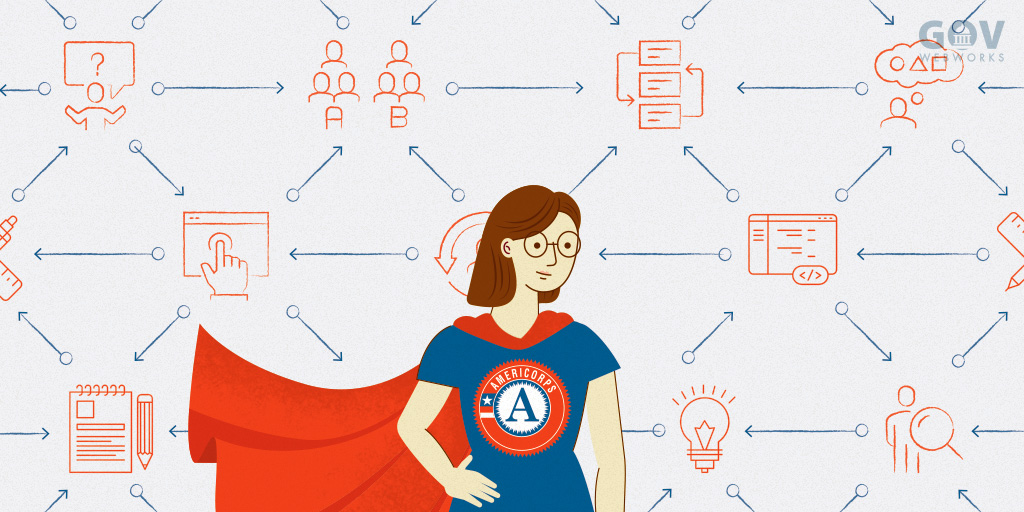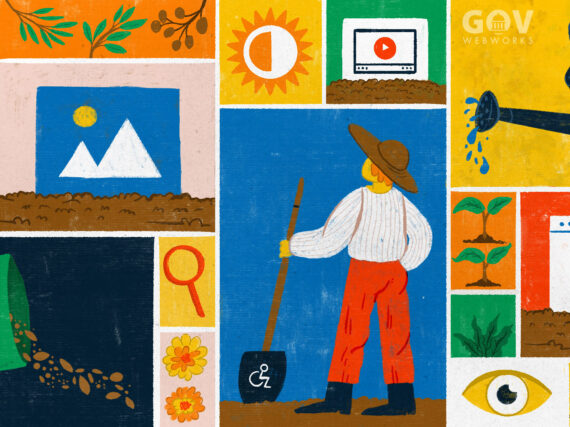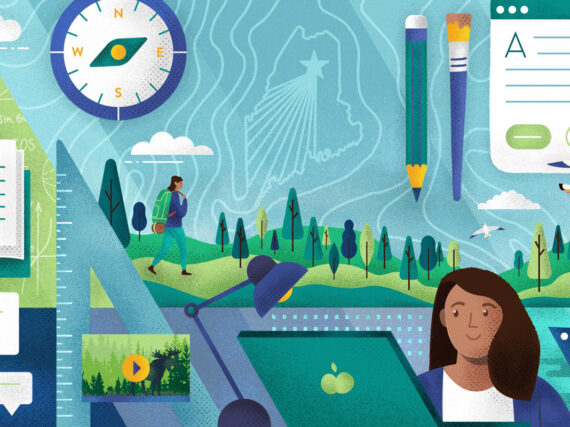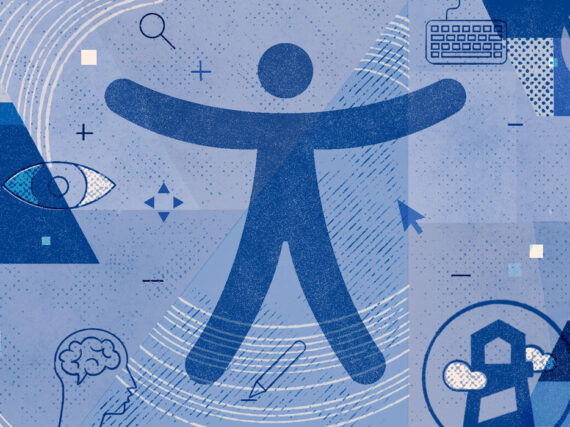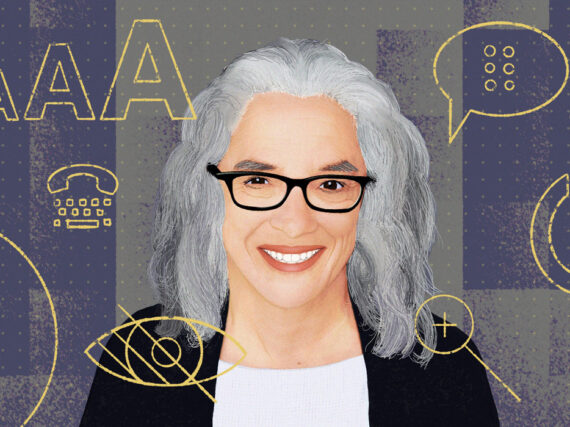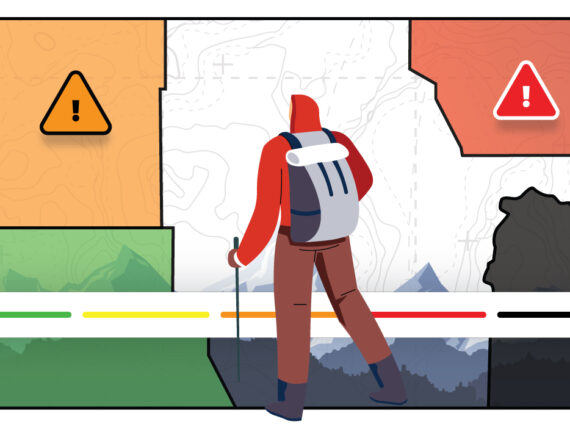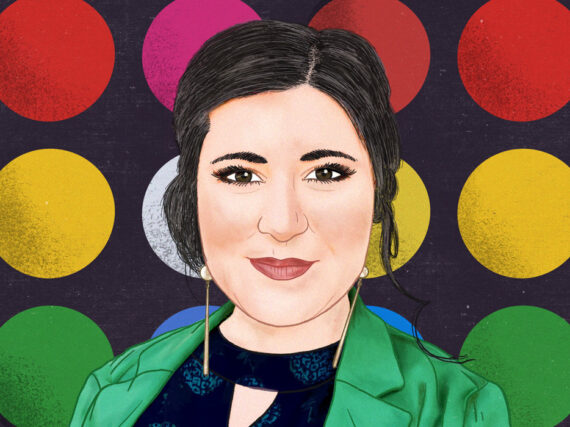As a user-experience (UX) designer for government projects, I was recently tasked with the painstaking process of going through a state health care application looking for discrepancies. The goal was to make one consolidated form that would simplify the application process, both for citizens applying for services, and government workers tasked with processing the form.
New to GovWebworks, I feared my limited experience with this type of work would be insufficient for the project. Then it occurred to me that my previous work as an AmeriCorps*VISTA volunteer prepared me for a career in UX in ways I never expected. At their core, AmeriCorps*VISTA, UX design, and the civic tech movement have one thing in common: they are about people helping people. All three take a human-centered approach to solving problems. And this is exactly what government needs most right now. (See Building a human-centered ecosystem for government innovation from Agile Government Leadership.)
It’s important for those of us who work in tech and government to understand how a human-centered approach can make a difference in people’s lives. I was inspired to share this personal account of what civic service taught me about using design to help citizens.
Why AmeriCorps?
AmeriCorps*VISTA is a national service program created by President Lyndon B. Johnson in 1964. It is often described as “the domestic Peace Corps.” VISTAs work in nonprofits and government agencies across the country to build capacity and improve outcomes for the organizations and people they serve.
My first year as an AmeriCorps*VISTA member, I worked with the American Red Cross revitalizing their Services to the Armed Forces casework system. This assignment helped me understand how different agencies work together and interact for a common cause. It gave me insight on how important it is to have clear systems and policies to make it easy for agencies to communicate. (Similar to how we use agile project management at GovWebworks.)
Furthermore, as an AmeriCorps volunteer, I was paid a living stipend that is the same as the poverty rate, or no more than $12,100 per year. As a result, during my time in AmeriCorps, I was on food stamps for several years and applied for other government assistance programs. As a beneficiary of these programs, I appreciated it when the applications were accessible, intuitive, and easy to navigate and saw the importance of this for others.
How capacity building led to UX
During my first term of service, I worked to build capacity (improve organizational performance and outcomes), at the American Red Cross by recruiting volunteers that would suit the project’s needs. It required volunteers who had empathy, patience, commitment, and phone skills.
To do this, I assessed the needs and desires of both those receiving the services and those volunteering their time, and created a volunteer plan that met the needs of both. Little did I know that in order to find the right volunteers and build capacity for the Red Cross, I was also conducting user research and (non)competitive analysis – two skills that inform my work daily as a UX designer.
For my second term as a VISTA, I served as the recruitment and training leader to help establish a sustainable and growth-orientated VISTA program across the state of Maine. In order to educate members and non-profits about the ways that capacity building could help the greater community, we surveyed volunteers and their sponsoring organizations about what skills were in high demand and relevant to their growth. When I began creating user surveys during my UX studies, I realized that I had already crafted many user surveys through my years of VISTA service.
It’s about improving systems
As I discovered above and in my UX studies, capacity building and UX share similar goals. They both seek to incrementally improve systems and tools to work better for the people they serve.
According to the National Council of Nonprofits, capacity building is “not a one-time effort to improve short-term effectiveness, but a continuous improvement strategy toward the creation of a sustainable and effective organization.”
Similarly, UX design is the process of boosting user satisfaction by improving the usability, accessibility, and pleasure of a product. It focuses on the human perspective in each part of the design process with a goal of making the product easier for the average person to use.
VISTAs often look at how to optimize the effectiveness of programs within organizations (whether for volunteer management, fundraising, or program management). VISTAs also want to create long-term stability when they build programs from the ground up. At the forefront of mind are these questions, the same types of questions we might ask during discovery for a UX project:
- How will this project affect our population?
- Can this project improve their lives?
- Will this project continue to be sustainable once the contract is over?
Civic design to the rescue
My work with civic service also led me to learn more about civic design and civic tech, current movements which share the goal of working with people and systems to make citizen’s lives more productive, easier, and better overall.
Civic tech supports broader public participation in government by helping the government to better deliver its services to citizens. Essentially, civic tech strives to make interactions with the government as seamless as possible. (For more information about the civic tech scene in Maine and beyond, check out Ravi Jackson’s post, Investigating the Civic Tech Movement.)
In my work in UX, I see civic design, a subset of civic tech, as an essential part of the equation. The Center for Civic Design’s slogan says it all: “Democracy is a design problem.” Design reaches far beyond aesthetics, it also touches on socio-economic issues, economics, or even how useful an item is. Civic design focuses on civic tech’s mission of making government efficient and accessible to all with design that is easy to use. It isn’t always about bringing the best and newest technology to government, but using existing technology in innovative ways that best serve citizens.
It is becoming more and more obvious that government agencies, nonprofits, and technology vendors can no longer work alone in silos. All three have a major impact on citizen’s lives and wellbeing, and it is imperative that they work together as efficiently as possible. Civic tech provides a framework that these three entities can use to collaborate and inform each other.
Putting it all together for a health care application
The goals of civic tech are also a key part of my work at GovWebworks. Our products impact real people and communities, from citizens to government agencies and nonprofits. For example, the project mentioned in the beginning – how to make a health care application more user-friendly and accessible.
In the past, many of the applications were missing important information or filled out incorrectly. Applicants were confused as to which forms they needed to complete and what programs were available. They complained that having so many separate forms made it difficult to keep track of them. Furthermore, low income residents often did not have a permanent address and were hard to contact for missing information.
By combining five forms into one to create a uniform application, applicants no longer have to worry about keeping track of multiple forms and answering duplicate questions. This also simplifies tasks for the government workers who must process the forms.
Design changes such as these ease the burden on government workers, the public, and nonprofits. Workers have a more efficient form to process, the public isn’t burdened with an arduous application, and nonprofits can help clients who are not in crisis.
Takeaways
Serving as an AmeriCorps volunteer, and working closely with the government as a UX designer, both provide experience as to how civic service, government, and design interact. This experience encourages me to solve problems from a human perspective and think about how each solution ripples beyond the client.
However, this perspective is not unique to me. We are all people helping people. We can all take a human-centered approach to solving problems.
When I see it this way, I find I worry less about having the right technical experience and focus more on the human experience. The following reminders help me to stay on track. I hope they can help you too!
- UX isn’t just about application design. It can also be applied to solving social problems, such as privacy rights, poverty, and health care costs. UX design can change society at large. See Jared Spool’s talk (profanity warning!) for more details on solving problems with UX.
- Civic service is about long-term solutions and support. By taking a UX approach to service, your solutions will be better suited to the actual needs of the individual community – instead of what you think they need. User research helps to create viable solutions that community members will appreciate and adopt as their own.
- We are all designers. At its core, design is problem solving. It doesn’t matter if you can’t draw a straight line, when you are solving problems for others, you are a problem solver and that is the key to good design.
Design influences everything we touch, whether we realize it or not. I encourage you to take a human-centered approach to programs and applications to make a direct and positive impact on people’s lives.
Learn more
-
- Contact GovWebworks to learn more about our UX design services
- Investigating the Civic Tech Movement by Ravi Jackson
- Building a human-centered ecosystem for government innovation from Agile Government Leadership
Author bio
Karin Carlson is a UX Designer based in Portland, Maine, and design track student at Bloc. Before she joined the world of tech, she worked in non-profits and education around the world.
